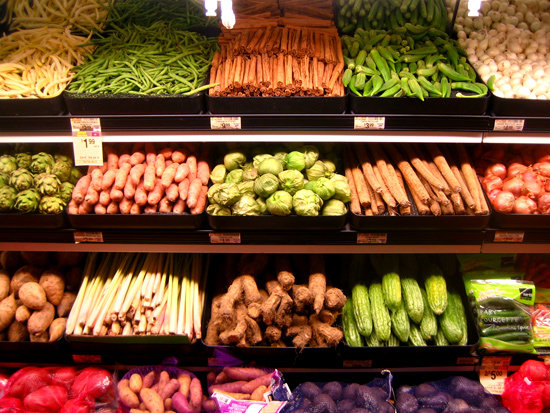
Not sure about you but we love sugar. Cookies, chocolate, jellies, cupcakes, cake cakes, donuts, you name it we love it.
So, we asked nutritionist Bex to explain why we can’t quit this beautiful relationship.
Sugar has one job, to give our bodies energy. That is it. It gives us the physical energy to get out of bed in the morning, to get dressed, to walk to the bus stop, to get ourselves to school. It also gives us the mental energy to concentrate in class, to focus, to take in information and to do our homework. Fantastic, there’s sugar in chocolate cake right? So all we need to do is eat some chocolate cake in the morning and we’ll rock the day, no?
Unfortunately it’s not that simple, and here in lies the confusion when it comes to sugar in food. Sugar gives us energy BUT the type of energy (fast releasing or slow releasing) is what’s really important.

Break It Down
To help us make sense of this let us compare our life to running. Marathon runners run for hours, sprinters run for seconds, therefore marathon runners need slow releasing energy ie energy that is released slowly over a long period of time. In comparison, a sprinter needs a short, fast release of energy. If you think about it, our daily life is like a marathon not a sprint. Our day starts early and we need energy all day long…..we are effectively marathon runners (not actually of course) but our energy requirement is similar in that we need slow releasing energy to help sustain us through our long day.

So when it comes to food what does slow releasing energy look like? Most unrefined foods that are wholemeal (ie brown not white) and high in fibre are great options. It’s the fibre in food that makes the energy slow releasing. A good rule of thumb is to choose wholemeal over white, this goes for breads, rice, and pasta. For vegetables, try to have a portion in every meal, ideally with the skins left on (the skin is where most of the fibre hides out). For fruit, choose fruit over fruit juices. Why? Because the fruit holds the fibre, the juice (whilst it can be full of vitamins and minerals) has no fibre, thus just drinking the juice makes it a fast releasing sugar.

Ok got it, but what are the fast releasing sugars and what happens when I eat them?
Fast releasing sugars are processed foods such as cakes, biscuits, chocolate, donuts, white bread, sweets, breakfast bars. When we eat these foods, they do a couple of things to us. One, they make us feel good for a very very short period of time, that’s because they release something called dopamine in our brain, which makes us happy (have you ever seen a kid on a sugar high, they are loving life, that’s the dopamine being released.) However, after this sugar rush….comes a sugar crash. Our mood drops, our concentration drops, if we were feeling low before we feel even lower when we crash, we become irritable and snappy. It’s hard enough being a teenager, dealing with physical and mental transitions with hormones going up and down but if we put processed foods that are high in sugar on top of that, it’s like putting petrol on a fire…..it makes the fire bigger, much bigger!!! Of course, everyone loves a bit of sweetness but choosing high fibre options most of the time means we can enjoy the occasional treat guilt free, so balance is key.
Being a teenager can be rough and a lot of things can seem out of your control. However the one thing you can control is what you put in to your body. Choose helpful, slow releasing sugars, high in fibre that will help maintain energy, maintain mood and maintain concentration throughout the whole day. If whoever does the shopping isn’t aware of this, offer to go food shopping with them, if your home environment is set up with high fibre options you will be more likely to choose well. Plus you’re empowering the whole family too.

For more free healthful tips and tricks follow Bex on Instagram @healthybexy
Meal Suggestions
Breakfast
Swap sugary cereals like Corn flakes and Coco Pops with wholemeal brown bread or toast, or a bowl of porridge with some chopped up nuts and fruit on top.
Lunch
Swap sandwiches made with white bread for wholemeal bread, whole meal wraps/pittas/roll. Include greens like salad leaves, cucumber, kidney beans, corn.
Dinner
Choose the rainbow, lots of vegetables, ideally with the skins on, so jacket potatoes would be a great option. Also ratatouille or stir fries, anything that has lots of vegetables. If you’re having pasta or rice make sure it’s brown and fill the plate with these foods after vegetables.


